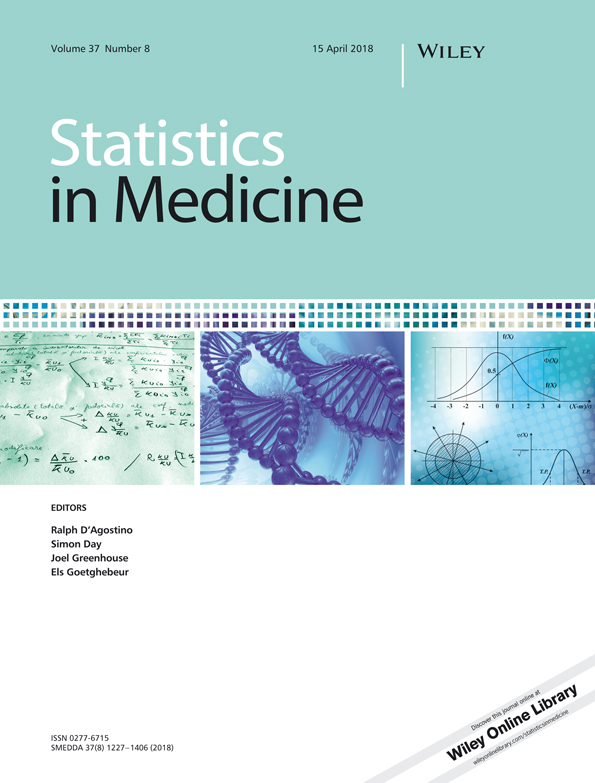Two-step estimation in ratio-of-mediator-probability weighted causal mediation analysis
Abstract
This study investigates appropriate estimation of estimator variability in the context of causal mediation analysis that employs propensity score-based weighting. Such an analysis decomposes the total effect of a treatment on the outcome into an indirect effect transmitted through a focal mediator and a direct effect bypassing the mediator. Ratio-of-mediator-probability weighting estimates these causal effects by adjusting for the confounding impact of a large number of pretreatment covariates through propensity score-based weighting. In step 1, a propensity score model is estimated. In step 2, the causal effects of interest are estimated using weights derived from the prior step's regression coefficient estimates. Statistical inferences obtained from this 2-step estimation procedure are potentially problematic if the estimated standard errors of the causal effect estimates do not reflect the sampling uncertainty in the estimation of the weights. This study extends to ratio-of-mediator-probability weighting analysis a solution to the 2-step estimation problem by stacking the score functions from both steps. We derive the asymptotic variance-covariance matrix for the indirect effect and direct effect 2-step estimators, provide simulation results, and illustrate with an application study. Our simulation results indicate that the sampling uncertainty in the estimated weights should not be ignored. The standard error estimation using the stacking procedure offers a viable alternative to bootstrap standard error estimation. We discuss broad implications of this approach for causal analysis involving propensity score-based weighting.




